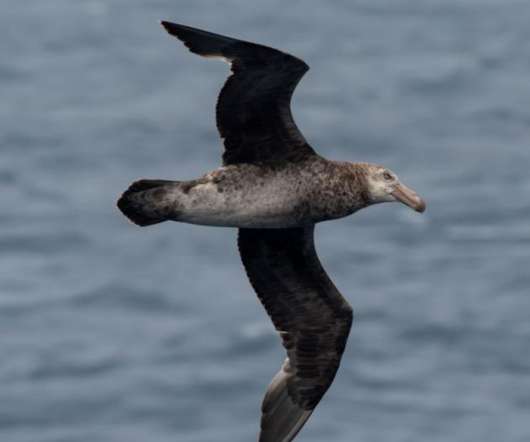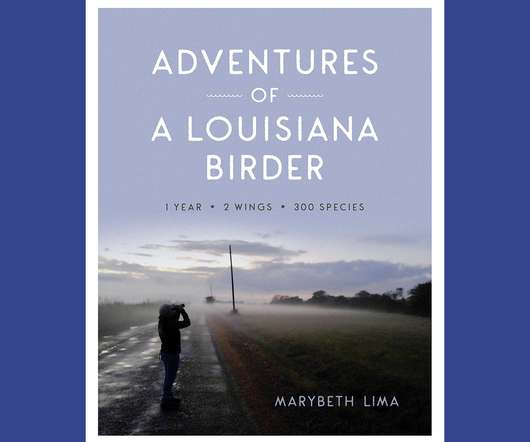Flock to Marion
10,000 Birds
MARCH 14, 2022
A family motel and passion for responsible ecotourism brought her home to the Oregon Coast where she and her husband, Erik, adventure and record a podcast ( Hannah and Erik Go Birding ), created in an effort to inspire others to get out and bird. The marine protected area status was designated in 2013. Salvin’s Prion.












Let's personalize your content